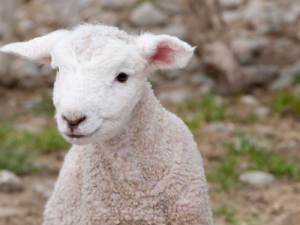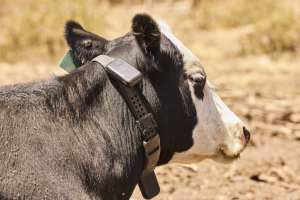Livestock farmers, orchardists, wine growers, arable farmers and others running about 60,000 farms receive information packs about the census in July.
The census information will give farmers and other New Zealanders a complete view of agricultural trends, says agricultural production statistics manager Stuart Pitts.
“The information from the Agricultural Production Census gives New Zealanders a very clear picture of farming, and helps farmers make decisions about where to invest and how they compare with others in the business,” Pitts said.
“Long-term trends show the changing dynamics of farming in New Zealand, from ‘peak sheep’ in the early 1980s to the conversion of many farms to dairying outside the traditional heartland of Waikato, Taranaki, and Southland.
“Stats NZ can combine information from farmers with export data to show that the average dairy cow earned $2,450 in exports for New Zealand in 2016. This compares with $1,550 for the average beef animal, $450 for deer, and $200 for sheep.”
In horticulture, the average hectare of kiwifruit earned $77,000 in exports for New Zealand in 2014. The average hectare of apples earned $64,000, and wine grapes earned $39,000.
The census of all farmers is held every five years. In the years between each census, Stats NZ surveys farmers from just some sectors.
The census can be done online, which was the most popular way for farmers to complete their questionnaire last year, Pitts said.
The compulsory survey is collected jointly by Stats NZ and the Ministry for Primary Industries for research and statistical purposes. Both agencies keep farmers’ individual information secure and confidential.
Stats NZ sometimes combines data to increase value to decision-makers and researchers. Research findings are confidentialised so individuals or businesses cannot be identified.

















